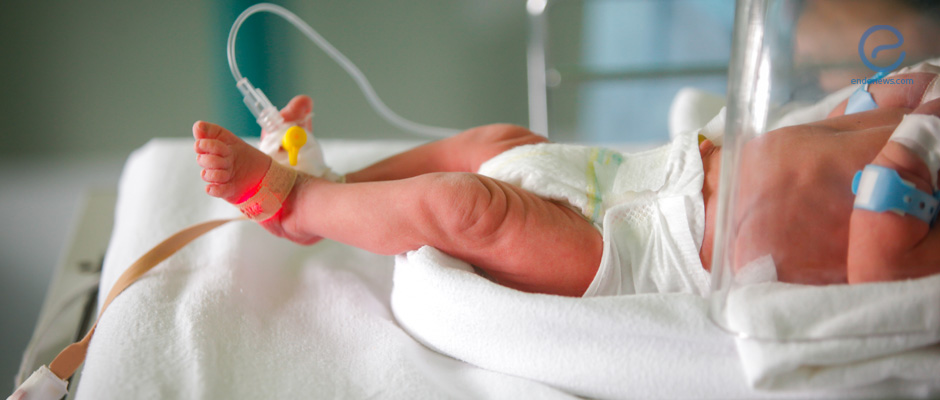The effect of endometriosis on preterm birth risk
Jan 24, 2018
Endometriosis is associated with increased preterm birth risk in both spontaneously conceived pregnancies and pregnancies obtained using assisted reproductive technology.
Key Points
Highlights:
- In women with endometriosis, preterm birth (<37 weeks) risk was significantly increased.
- SGA baby risk was also increased in women with endometriosis, while IUGR and low birth weight risks remained unaffected.
Importance:
- Understanding the association between endometriosis and the risks for preterm birth as well as low birthweight, SGA, and IUGR would allow women with endometriosis to receive specialized care during pregnancy to prevent obstetric and neonatal complications.
What’s done here?
- Systematic review and meta-analysis of published cohort studies evaluating pregnant women with and without endometriosis.
- The primary outcome was preterm birth, and secondary outcomes were risks for SGA, IUGR, low birthweight, and birthweight.
Key results:
- Nine cohort studies with 1,496,715 pregnancies were identified, among which 13,798 were with endometriosis diagnosis.
- Preterm birth and SGA risks were increased in women with endometriosis.
Limitations of the study:
- No information on severity or type of endometriosis is given for the studies reviewed.
- The presence of any confounding factors is not evaluated.
- For pregnancies obtained with ART, details of the procedure (medications, freezing of embryos, length of culture, etc.) that might contribute to preterm birth or other adverse outcomes were not evaluated.
Lay Summary
Some studies show that women with endometriosis develop significant complications during pregnancy that lead to preterm labor, and newborns of these women often need neonatal intensive care unit admissions. However, other studies argue that endometriosis have no significant effect on pregnancy outcomes. This current study by Perez-Lopez et al. aimed to evaluate the association between endometriosis and preterm birth risk in pregnant women with endometriosis either spontaneously conceived or used ART. Also studied are several secondary outcomes such as the low birth weight risk, IUGR, SGA, and birthweight.
Results showed that preterm birth risk was significantly higher in women with endometriosis compared to women without endometriosis in both spontaneous conception and ART pregnancies. Of the secondary outcomes studied, only the small for gestational age risk was found significantly higher in women with endometriosis; others did not show significant differences. Previous studies showed a link between the most severe forms of endometriosis and the risks for IUGR and SGA. However, there was not enough information in this study to assess the preterm birth risk by endometriosis subtypes (peritoneal, ovarian, deep infiltrating).
The findings of this study revealed that endometriosis increases the risk of preterm birth regardless of the type of conception – spontaneous or assisted; and suggest that women with endometriosis might need special care during pregnancy to monitor and prevent obstetrics and neonatal complications. However, prospective studies are required to confirm these findings.
Research Source: https://www.ncbi.nlm.nih.gov/pubmed/29303059
preterm birth low birthweight small for gestational age intrauterine growth restriction assisted reproductive technology

